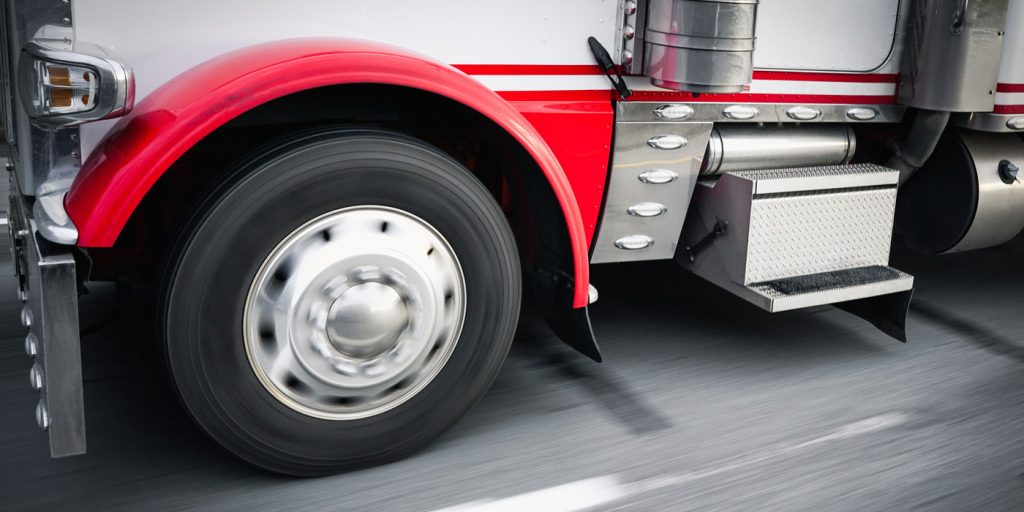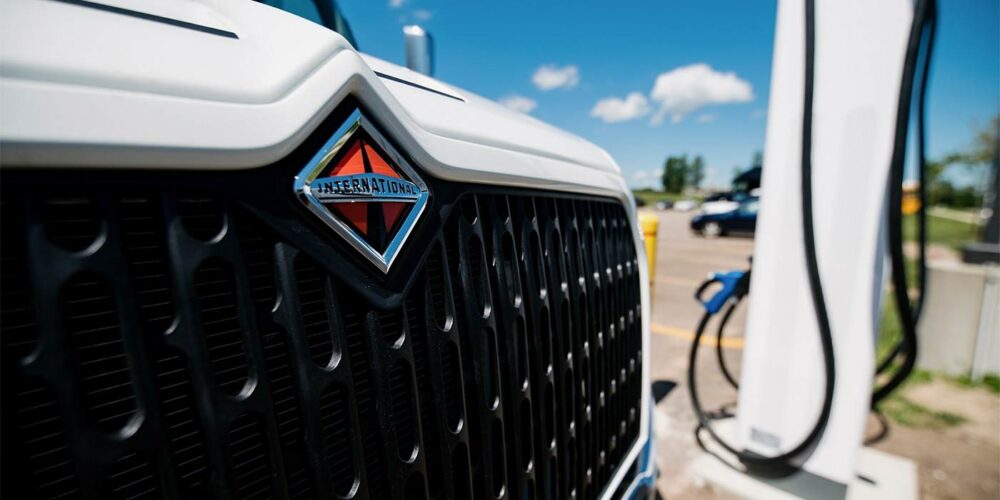The U.S. Department of Transportation’s Federal Motor Carrier Safety Administration (FMCSA) has published a final rule updating hours of service (HOS) rules.
FMCSA’s final rule on hours of service offers four key revisions to the existing HOS rules, which are as follows:
- Flexibility has been added for the 30-minute break rule by requiring a break after 8 hours of consecutive driving and allowing the break to be satisfied by a driver using on-duty, not driving status, rather than off-duty status.
- The sleeper-berth exception has been modified to allow drivers to split their required 10 hours off duty into two periods: an 8/2 split, or a 7/3 split—with neither period counting against the driver’s 14‑hour driving window.
- The maximum window for the adverse driving conditions exception has been extended by two hours.
- The short-haul exception available to certain commercial drivers has been changed, lengthening the drivers’ maximum on‑duty period from 12 to 14 hours and extending the distance limit within which the driver may operate from 100 air miles to 150 air miles.
The agency noted that these updates do not increase driving time or consecutive hours that drivers are allowed to drive, citing safety concerns.
“Each of these areas of reform are designed to provide much-needed flexibility for drivers while maintaining safety on the road,” U.S. Transportation Secretary Elaine Chao said in a conference call announcing the final rule. “And this added flexibility will provide critical regulatory savings for the motor carrier industry.”
“This has been a deliberate and careful process,” Chao added. “It has been guided by the direct feedback we have received from truckers, carriers, safety advocates, law enforcement, and also concerned residents and citizens. In all, the department received over 8,000 public comments during this rulemaking process.”
The new hours of service rule will have an implementation date of 120 days after publication in the Federal Register.














